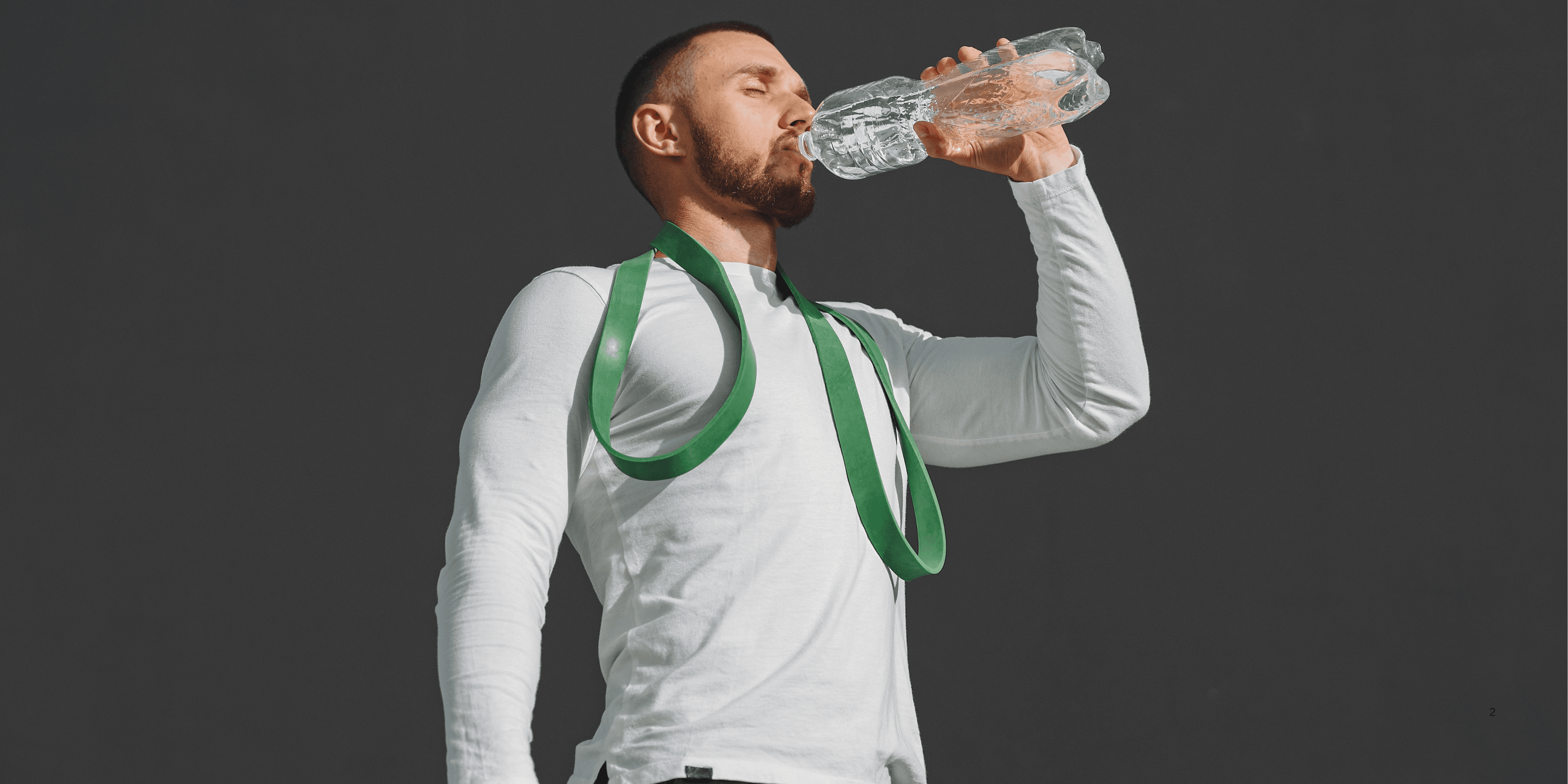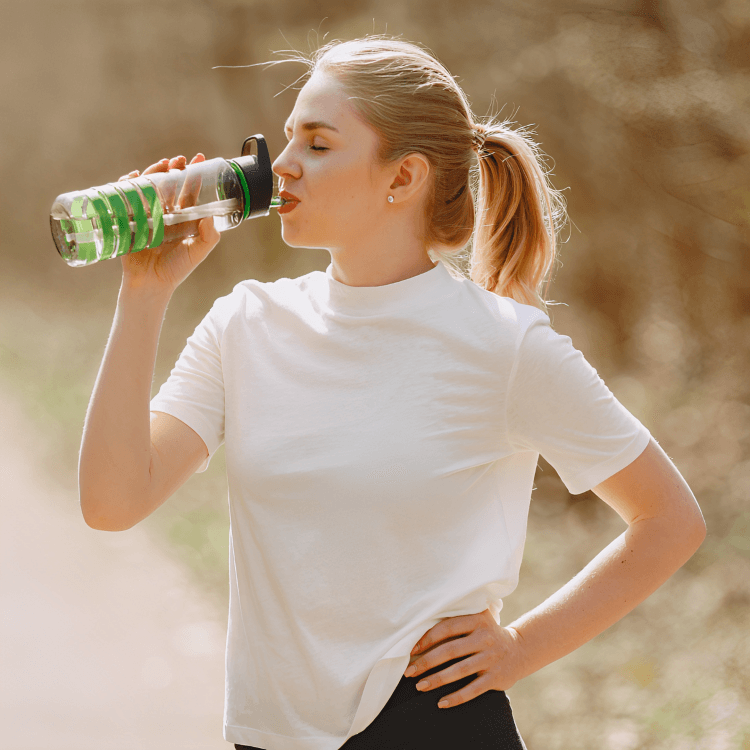
“
Understanding dehydration and heatstroke prevention is essential for staying safe in hot weather. Heat-related illnesses can quickly become life-threatening if ignored. Knowing how to identify early signs, keep the body cool, and stay hydrated can make a significant difference.1
”
The Greek physician Hippocrates noted centuries ago that dehydration disrupts bodily functions and causes illness, a concept that forms the basis of modern heat stroke prevention. 1
Heat stroke occurs when the body's temperature surpasses 104°F, impairing the brain, liver, and kidneys. It demands emergency attention, especially if accompanied by confusion or unconsciousness. 2

Dehydration doesn’t only happen in hot climates; it can also occur in cold weather when people drink less water and still lose fluids through respiration and urination without noticing.
Drinking water before you feel thirsty is essential because thirst is a delayed signal. Once you're thirsty, you may already be mildly dehydrated and more prone to heat-related illness. 3
Electrolytes like sodium, potassium, and magnesium play a critical role in maintaining fluid balance. Sweating depletes them, increasing the risk of dehydration and heat stroke during prolonged activity. 4
The elderly and children are most vulnerable to dehydration and heat stroke due to their bodies' limited ability to regulate temperature or communicate distress effectively during extreme heat. 5
Wearing light-colored, loose-fitting clothing allows sweat to evaporate, helping the body cool naturally. Dark, tight clothes trap heat and moisture, raising the risk of overheating. 6
High humidity prevents sweat from evaporating efficiently, reducing your body’s ability to cool down. Even moderate heat becomes dangerous when combined with elevated humidity levels. 7
Alcohol increases dehydration by suppressing anti-diuretic hormone release, causing more frequent urination and fluid loss, especially dangerous when consumed in hot environments. 8

Sports drinks can help during intense activity by replenishing electrolytes, but plain water is usually sufficient for everyday hydration unless sweating excessively or exercising strenuously.
Signs of heat exhaustion include dizziness, headache, rapid pulse, and muscle cramps. Without intervention, it can escalate into heatstroke, which requires immediate medical care. 9
Staying hydrated boosts cognitive performance, especially in children and older adults. Mild dehydration impairs attention, memory, and mood, even without signs of physical distress. 10
Eating high-water-content foods like watermelon, cucumber, lettuce, and oranges contributes to hydration and helps regulate body temperature during hot days or physical exertion. 11
Avoiding direct sun during peak heat hours, typically between 10 a.m. and 4 p.m., significantly reduces your exposure to ultraviolet rays and the risk of heat exhaustion. 12
People with heart disease, diabetes, or those taking diuretics or beta-blockers are at higher risk for dehydration and heat-related complications, even during modest temperature increases. 13
Checking the color of your urine can indicate hydration. Pale yellow suggests you're well-hydrated, while dark amber or scant output signals dehydration and a need for fluid intake. 14

Ice packs placed on pulse points like wrists, neck, or ankles provide quick cooling. These spots help reduce core temperature efficiently and lower the chance of heat stroke.
Acclimating gradually to hot environments over several days trains your body to sweat more effectively and tolerate heat better, reducing your risk of sudden dehydration or collapse. 15
Hydration isn't just about fluids; minerals matter too. Coconut water, broths, and oral rehydration salts are excellent natural ways to replenish what’s lost during extreme sweating. 16
Ancient Ayurvedic texts by scholars like Sushruta emphasized the body's balance with nature, promoting hydration through fruit juices, shade, and herbal cooling drinks to combat the intense Indian heat. 17


